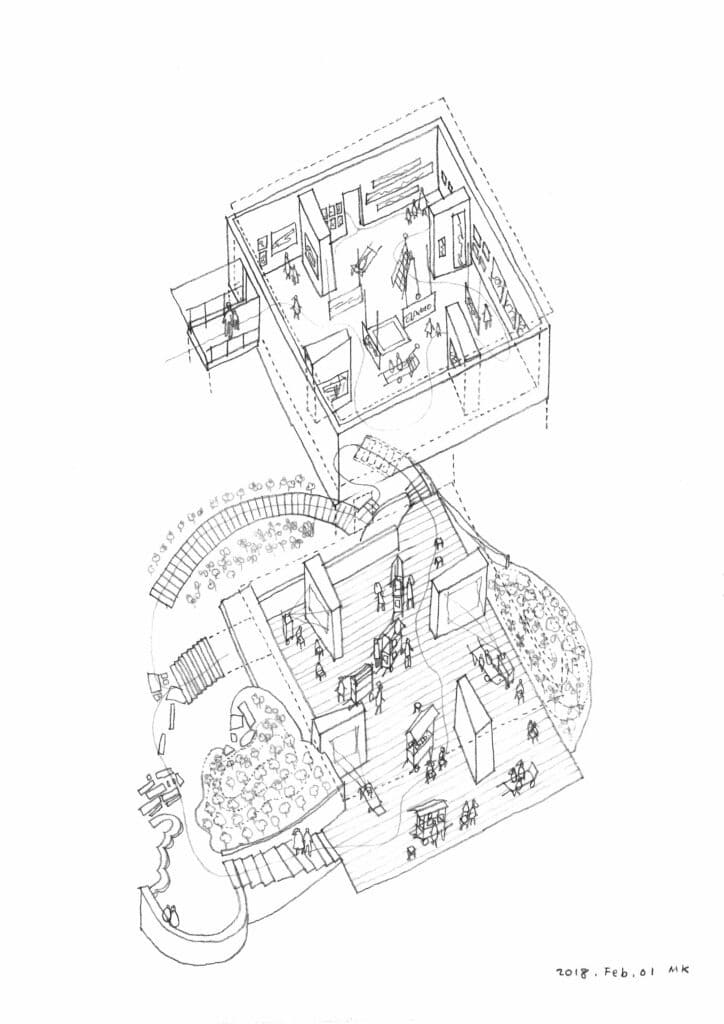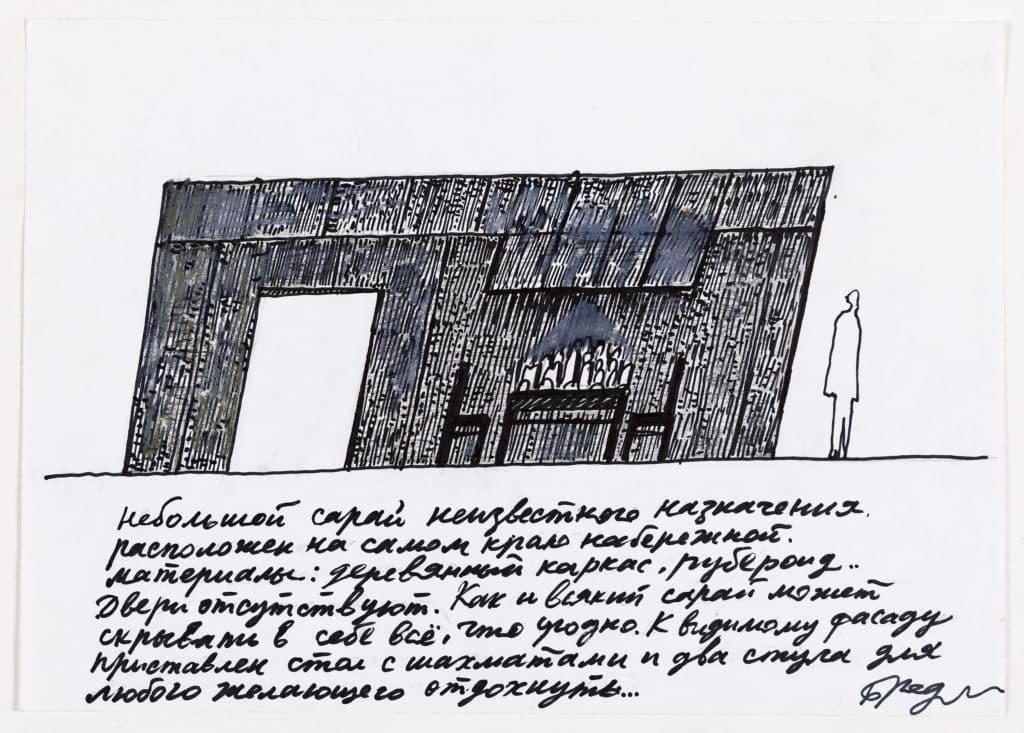Venice Biennale

2018: FREESPACE
The 16th Venice Architecture Biennale, curated by Yvonne Farrell and Shelley McNamara explored the theme of FREESPACE, focusing, in the words of President Paolo Baratta, ‘on the question of space, the quality of space, open and free space’. Drawings had a substantial and important presence.
Freespace is ‘a word which describes a generosity of spirit and a sense of humanity at the core of architecture’s agenda’ according to the curators. It was perhaps notable not only how this manifested itself in drawing – be it the original or reproduction but how many and how differently drawing was used to explore the theme of free space. Explorations ranged from that of the facade; to investigations of the shed, temple, niche, stoa, floor and ground through historical and contemporary practitioners; to architectural ethnography within the Japanese Pavilion, to finally, Sigurd’s Lewerentz’s churches set within the landscape.
Exhibition: Elizabeth Hatz, Line Light Locus (installation & publication)

Line, Light, Locus was an installation by Elizabeth Hatz at the 16th Venice Architecture Biennale. It was made using 133 pigmented prints of original drawings from the Drawing Matter Collection, ArkDes in Stockholm, the architects’ private archives and a large hand drawing by Hatz on a specially designed table-bench.
Writing: Architectural Ethnography: Japan Pavilion
Writing: Freestanding: Sigurd Lewerentz
Writing: The Facade is the Window to the Soul of Architecture
2016: Reporting from the Front
Drawing Matter Collection: Alexander Brodsky

